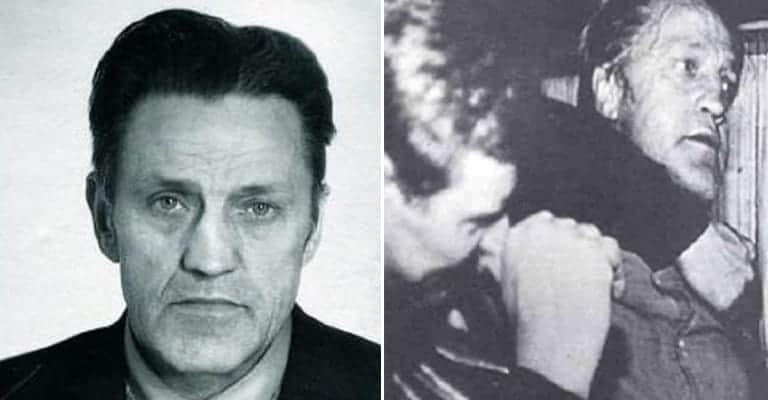Soviet and Russian leadership, pathologically suspicious of foreigners’ intentions at the best of times, became outright paranoid after the devastating surprise German WWII attack, that came close to ending the USSR once and for all. Although the Soviets managed to survive that one by the skin of their teeth, before clawing their way back up, and on to eventual victory, the experience left an indelible mark. Ever since, throughout the Cold War and into the present, the powers that be in Moscow have feared getting caught off guard by another sudden attack from the West. A sudden attack that might accomplish what the Germans had come so close to pulling off in WWII.
The Soviet Technological Dilemma: Radar Weakness
What made such an attack possible – and thus probable, to Moscow’s thinking which assumes that others would naturally do what it would in their shoes – was the technological gap between the USSR and the West. During the Cold War, the Soviets had pulled off some stunning scientific and technological accomplishments, such as the first satellite and animal in space, and the first man and woman to orbit the planet. Nonetheless, as time went by, it became clear that Soviet technology seriously lagged behind that of the West.

A key area in which the Soviets lagged behind was radar technology – specifically, downward-looking radar technology. By the 1970s, they were heavily investing in maneuverable cruise missiles that could fly extremely low to the ground, and thus fly below Soviet radar installations. Likewise, American warplanes were being equipped with advanced avionics features that allowed them to fly beneath Soviet radar. It meant that the US could launch a surprise attack, using low flying cruise missiles and warplanes, to decapitate the Soviets’ command and control, and wreck their ability to retaliate, before anybody knew what had happened.
One way to avoid that was by developing downward-looking radars: radars mounted on Soviet aircraft, that could look down and spot objects moving close to the ground. The problem, however, was that Soviet technology in the 1970s was incapable of producing radars that could do that. Addressing that vulnerability thus became a matter of utmost importance to the Soviets, and one of the key entities tasked with doing so was the Scientific Research Institute for Radio Engineering, which went by its Soviet acronym, NIIR.

NIIR, which later became known as Phazotron and is now Russia’s largest developer of military radars and avionics, had been formed in 1917 to produce aviation instruments. In the 1950s, an electronics engineer named Adolf Tolkachev joined its ranks, just as it was expanding from simple aviation instruments, and into the research and development of sophisticated military radars and complex guidance systems. By the 1970s, Tolkachev had risen to become one of NIIR’s chief designers.
Tolkachev was an unlikely spy. By the 1970s, when he began contemplating the betrayal of his country, he was a middle-aged, successful, and highly respected engineer, who led what was, by Soviet standards, a comfortable and privileged life. Standing about five and a half feet tall, Tolkachev was a quiet figure, who was so reserved that not even his son knew what he did for a living. Yet, beneath the quit reserve lay a seething resentment of the Soviet government, that he traced back to the persecution suffered by his wife’s family. Tolkachev’s wife’ had been raised in an orphanage because her mother had been executed during Stalin’s purges, and her father had been sent to a gulag, to toil for years as a slave laborer, until he was broken in body and spirit.

